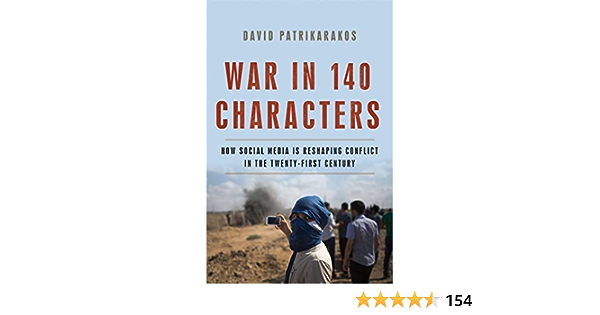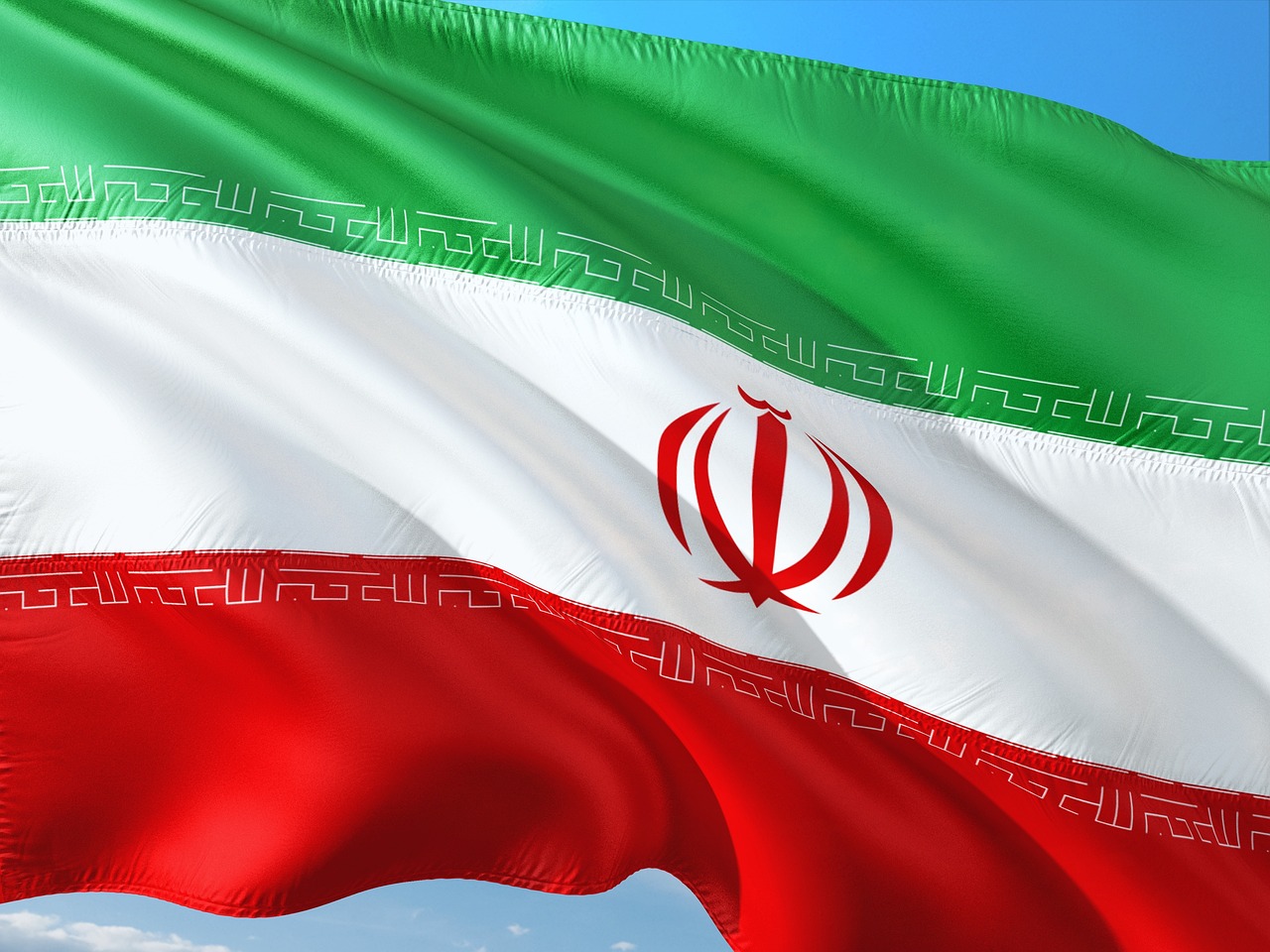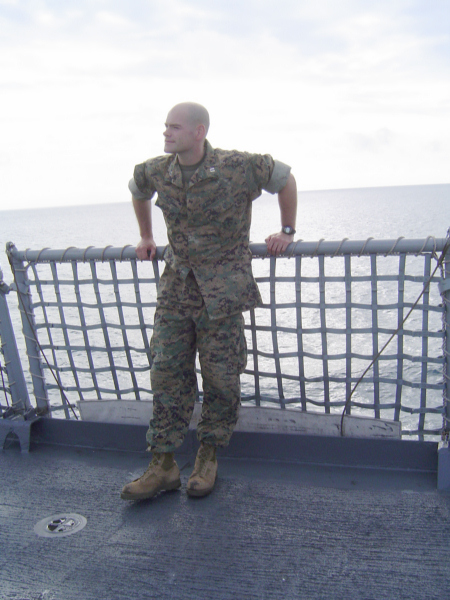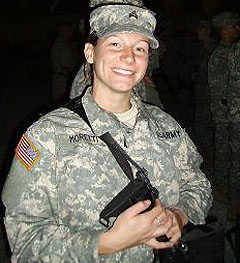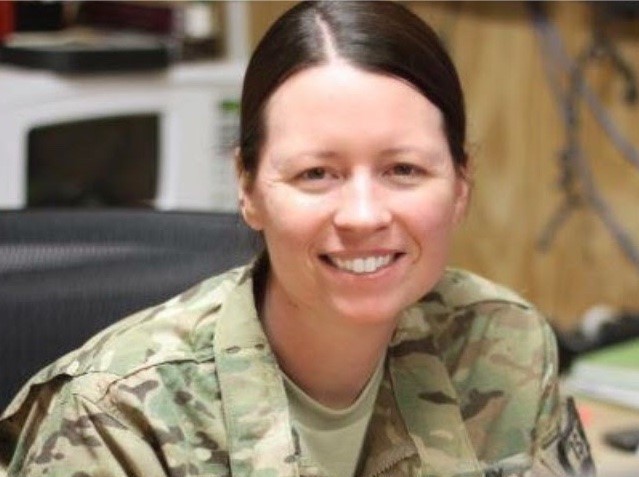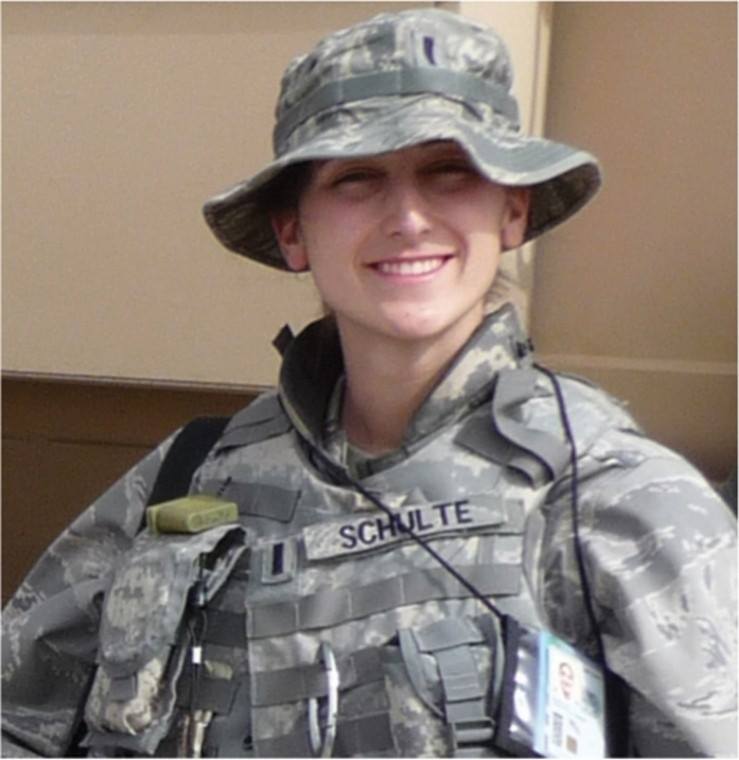“War in 140 Characters” by David Patrikarakos is a compelling examination of the digital revolution’s impact on warfare. Patrikarakos skillfully navigates the complex terrain of social media, demonstrating how platforms like Twitter and Facebook are reshaping the landscape of modern conflict. Through in-depth case studies and insightful analysis, the book illuminates the power of hashtags, viral content, and online propaganda in shaping public opinion and influencing political outcomes.
Patrikarakos doesn’t just scratch the surface; he delves deep into the intricacies of cyber warfare and the use of social media as both a tool and a weapon. His writing is engaging and thought-provoking, making the book accessible to both experts and casual readers interested in the subject. He addresses the ethical dilemmas posed by the online dissemination of information and disinformation, forcing readers to confront the blurred lines between truth and manipulation in the digital age.
One of the book’s standout features is its extensive research and interviews with key figures in the field. Patrikarakos provides valuable insights into the strategies employed by governments, terrorist organizations, and activists to leverage social media for their purposes. These real-world examples give depth and context to the broader themes explored in the book.
However, “War in 140 Characters” is not without its flaws. Some readers may find certain sections of the book overly detailed or repetitive, making it occasionally challenging to maintain engagement. Additionally, the fast-paced nature of the digital world means that some of the information presented in the book may have evolved or become outdated since its publication.
In summary, “War in 140 Characters” is a thought-provoking and informative exploration of the intersection between social media and modern warfare. David Patrikarakos provides a well-researched and balanced account of the subject, shedding light on the profound implications of digital technology on global conflicts. While it may have some minor shortcomings, the book remains an essential read for those interested in the ever-evolving dynamics of contemporary warfare and the role of social media within it.

